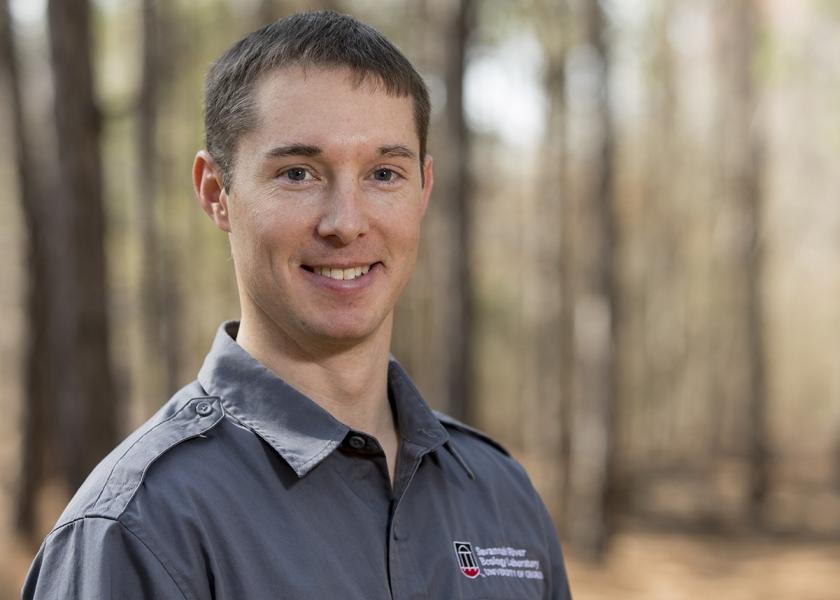Wild Pig Populations in U.S. Can Be Managed

By Olivia Randall, University of Georgia Today
Recent conservation efforts have proven effective at controlling wild pig populations in the Southeastern United States, according to new research from the University of Georgia’s Savannah River Ecology Laboratory and Warnell School of Forestry and Natural Resources.
Within 24 months of the start of control efforts in the study area located around the Savannah River Site in Aiken, South Carolina, researchers found a reduction of about 70% in relative abundance of pigs and a corresponding decline in environmental rooting damage of about 99%.
The study will help conservation groups understand and plan for managing a problem with both environmental and economic costs, as wild pigs were responsible for over $1.5 billion in property and crop damage in 2007, according to the study.
“Through their destructive foraging habits, wild pigs cause extensive damages to crops across the country” said Jim Beasley, a professor and researcher in Warnell and SREL. “Wild pigs also carry several diseases that can be transferred to livestock, adding to their substantial agricultural impact.”
Pigs were introduced to the United States centuries ago as a food source and quickly established wild populations. Feral domestic pigs bred with purebred Eurasian boar that were introduced for hunting, and hybridized wild pigs spread across the landscape due to prolific reproductive rates and a willingness to eat just about anything. Populations exploded in the late 1980s and early 1990s, causing a substantial increase in damages to agricultural producers.
In response, many large-scale control programs were put in place to reduce populations across the landscape, usually through lethal methods.
In this study, Beasley and his team investigated whether such programs succeeded and, if so, whether environmental damages were reduced as well.
The team worked with 19 mixed-forest agricultural properties in South Carolina, surveying the pig populations, as well as the agricultural and environmental damages, following the implementation of a professional control program over a three-year period.
“Before the trappers went in and began management efforts, we placed remote cameras around the properties to assess the initial population of wild pigs. Every six months, we would go back out and reassess the populations to see how effective the management methods were,” Beasley said.
“Most studies estimate that you need to remove 40% to 60% of a wild pig population each year to maintain or significantly reduce a population, and they exceeded that threshold,” Beasley said. “With sustained management the population should continue to shrink over the next several years. However, what is unknown is how quickly the population will recover if management efforts cease.”
When pigs forage, they upturn roots and soil with their snouts, damaging natural habitats and other animals. As natural omnivores, pigs also eat amphibians and other small creatures, potentially impacting their populations over time.
Beasley attributes the population explosion to a few explanations, including humans illegally moving wild pigs to the areas where hunting them is legal year-round, as well as to warmer climates in recent decades.
“It’s really a combination of both human-driven factors and natural expansions of populations,” Beasley said.
The study, “Changes in wild pig (Sus scrofa) relative abundance, crop damage, and environmental impacts in response to control efforts,” was published on the Wiley Online Library website by Beasley, Joseph W. Treichler, Kurt C. VerCauteren and Charles R. Taylor.







